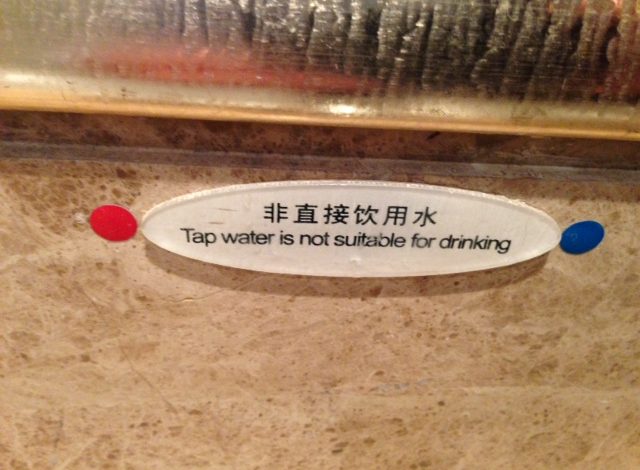Organizers
The World Future Council, UN Habitat and the China Urban Research Center of Beijing Jiaotong University organize the 2016 Future of Cities Forum in Tianjin, China, on 21-22 October 2016. This is done in partnership with the 7th China International Eco-city Forum & Expo, one of China’s most influential events on the future of cities.
Context
The meeting in Tianjin takes place in the context of the Sustainable Development Goals (SDGs), the New Urban Agenda (HABITAT III) and the Guideline of China’s 13th Five Year Plan. It is part of a greater event, i.e. the China (Binhai Tianjin) International Eco-City Forum & Expo which was opened by Chen Boping, the board chairman of the World Future Council.

Opening of the International Eco-City Forum & Expo.
If there is one place on earth where rapid urbanization is taking place it is China. The concentration of people and increase in living standards place great demands on the urban water system and its development, leading to water insecurity. The trend (1) ‘rapid urbanization’→ (2) ‘tap water not suitable for drinking’ → (3) ‘water scarcity’, as recently highlighted in our review on water, waste and climate change in cities is clearly visible in China.

Tianjin: a room with a view on Urban Sickness (rapid urbanization, economic growth, water pollution, traffic congestion and smog).

The lack of drinkable tap water in Beijing results in a preventable use and wasting of more than 22 million plastic bottles of drinking water per day.
As our City Blueprint activities are oriented on sustainable and resilient design of the urban water cycle and city-to-city exchange on best practices on water management and water governance, KWR Watercycle Research Institute was invited to this conference to share some of the lessons we learned from our work in the context of the European Innovation Partnership on Water (EIP Water) of the European Commission and Watershare (Applying global expertise to local water challenges) in general, and the City Blueprint Approach and Subsurface Water Solutions in particular. There is no doubt that these tools fit very well in the solutions for the challenges faced by China, which were all very well addressed by the key presenters during the opening of the Ecocity Forum on 21 October. Many of the introducers strongly expressed the need for eco-cities to create a harmonious future instead in order to effectively address the Urban Sickness or City Syndromes present in many cities in Asia.
Sponge cities
The organizers define a sponge city as a type of city which allows much of the storm water to be absorbed by the ground (from here the term sponge). Thanks to the vast amount of permeable surfaces across the city (green areas, wetland, lakes, gardens, etc.) the water is able to be absorbed by the ground which naturally filters the water. The naturally purified water can then be re-extracted for reuse through natural or artificial wells within the city.
Solutions: the Seven C’s of Water Wise Cities
Some of the introductions addressed mentality as a big issue. Others addressed the need to introduce bikes for transport in cities to deal with traffic congestion, pollution reduction and improving human health. The big issue GOVERNANCE was not addressed in any introduction. Many introductions addressed an integrated approach (smart energy, smart transport, smart water, big data, smart buildings, smart waste, etc.) to address the sick city syndrome, which I summarize here as the Seven C’s of Water-Wise Cities:
- Citizen-centred: create healthy and liveable cities for people
- Children and grandchildren: focus on a long-term strategy for your city
- Collaboration: involve stakeholders right from the start
- Comprehensive: not only water
- Coherent: combine sectoral agenda’s in integrated city planning
- Co-benefits or win-win’s must be explored. This leads to:
- Cost-effective & cost-efficient solutions
